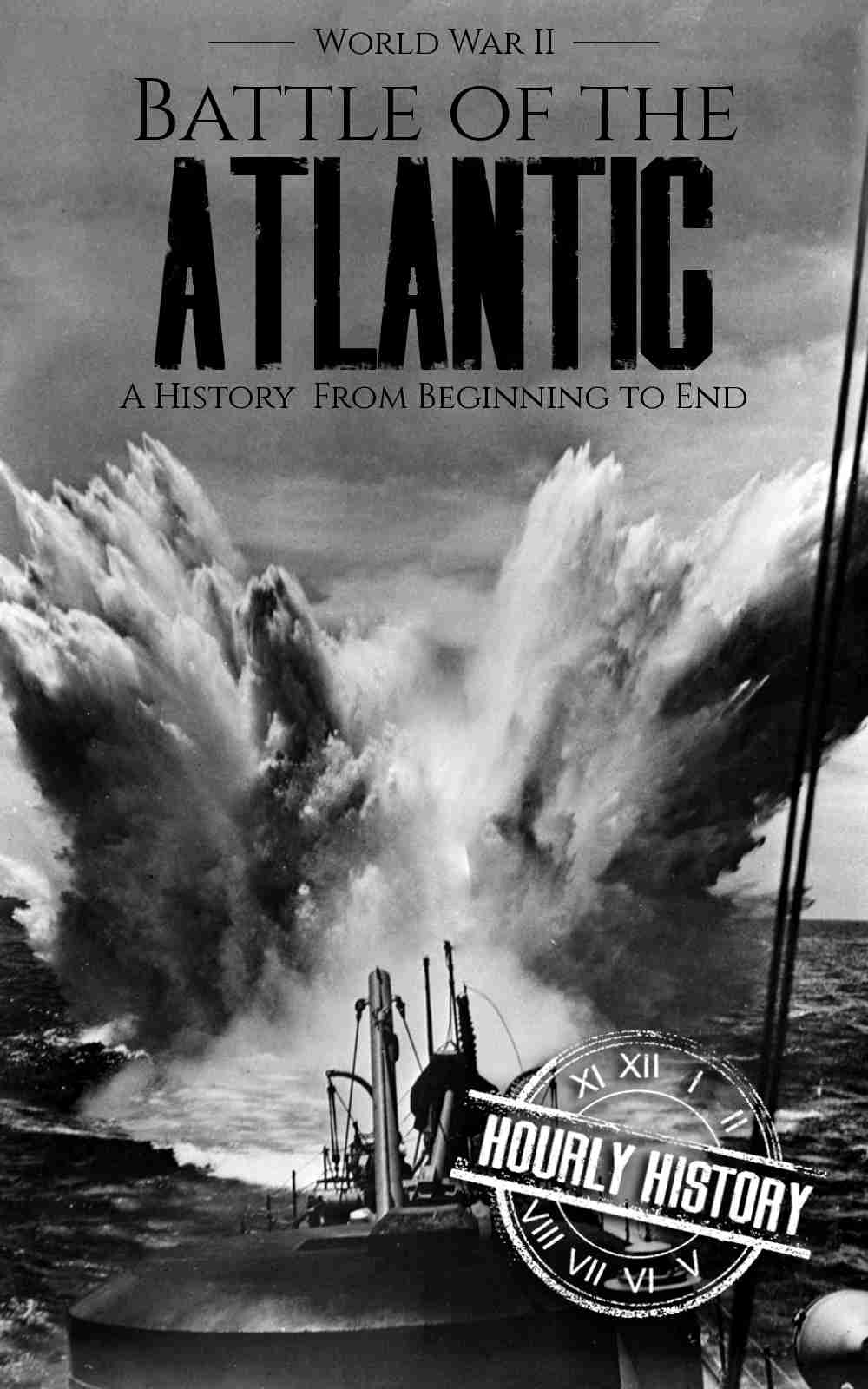Inside you will read about...
✓ The Threat of the German U-Boats
✓ Battleships and the Bismarck
✓ The Lend-Lease Program
✓ The Downfall of the U-boats
✓ The Codebreakers who Cracked the Enigma Code
And much more!
From the start of the war in September 1939 until its end in 1945, the Battle of the Atlantic was fought to keep the Germans from blockading the Atlantic Ocean. The efforts of those valiant seafarers would eventually make D-Day possible, but there were times when even Winston Churchill feared that the prowess of the U-boats would imperil the Allies in their battle against the Nazi menace that had conquered Western Europe. The bravery of the Allied naval crews, and the brilliance of the Bletchley Park codebreakers, prevented the Atlantic Ocean from becoming yet another victim of Nazi dominance.


